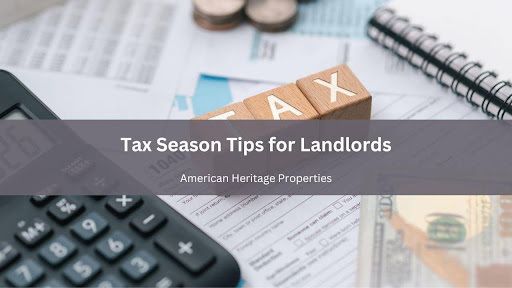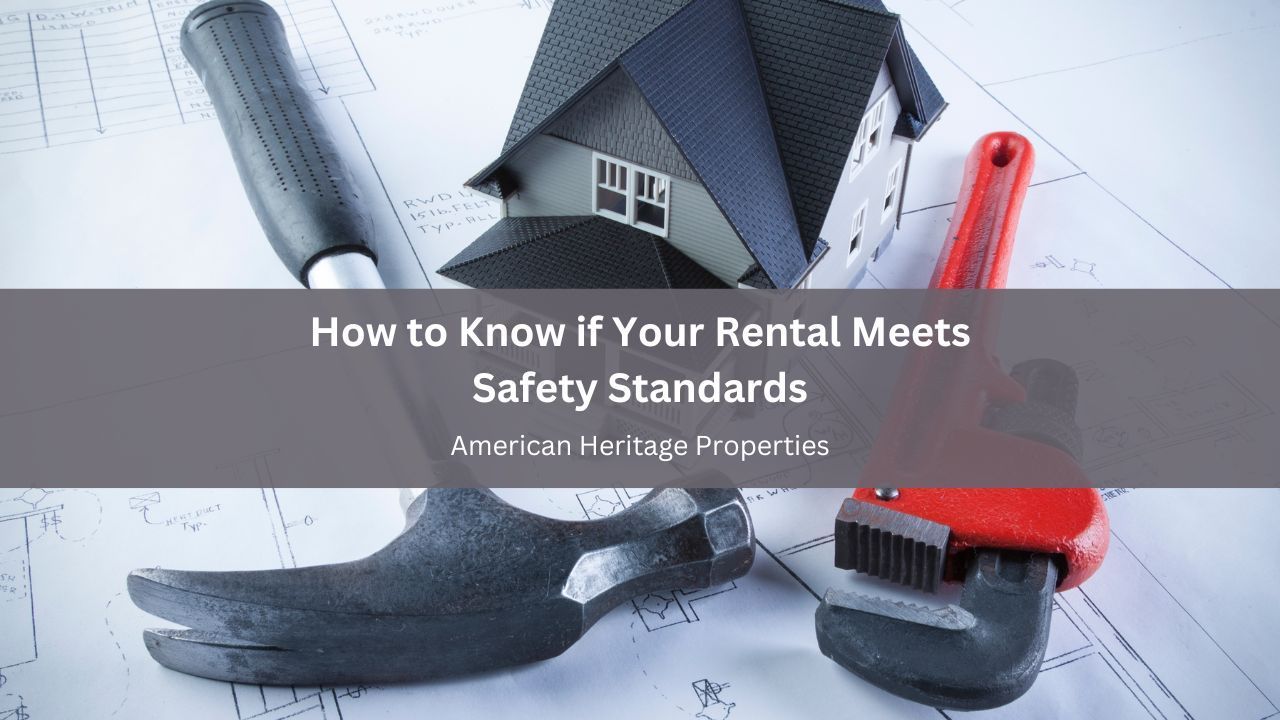Can you serve a move out notice mid month?
Under California law, either party can serve an appropriate Notice of Termination of Tenancy any day of the month. Your notice will expire 30 days from the date you served the notice, so make sure you do not accept rent beyond that point. This is assuming a month to month tenancy.
There are some areas of the country where it is required or customary to only serve notices on the first of the month so there may be tenants that assume the law or custom is the same here in San Diego.
Also keep in mind that the amount of notice and how it is served is extremely important. If you don’t know, then ask a qualified property manager. Here at American Heritage we offer guidance to landlords managing their own property.









